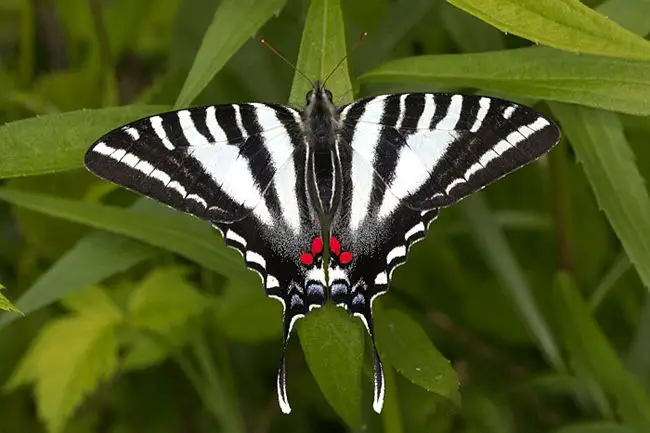

Sometimes they collect pollen from flowers using the proboscis and digest it to absorb proteins. Zebra swallowtail butterflies feed on the nectar and pollen of flowers like blueberry, blackberry, lilac, redbud, verbena, and common milkweed. The latter sip liquid nectar from flowers, using a straw-like organ called proboscis. Unlike caterpillars, butterflies lack jaws. Butterfly Dietįlower Nectar: As mentioned above, adult butterflies do not feed on pawpaw leaves. After that, the caterpillars proceed to the leaves of the pawpaw plant, which are small trees or shrubs with long, droopy leaves that produce an offensive, kerosene-like odor, when bruised. They feed on eggshells soon after hatching. So the ‘single egg per leaf’ system is to prevent cannibalism among the caterpillars. The caterpillars are voracious feeders, who may turn cannibalistic, if they encounter other caterpillars. For this reason, the adult females deposit eggs on the young leaves of pawpaw trees. The tender leaves of pawpaw trees form the staple diet of zebra swallowtail caterpillars. In short, these butterflies are seen in open woodlands near swamps and rivers, grasslands, savannas, and southern pine woods. The habitat of zebra swallowtails includes those regions where pawpaw trees grow abundantly. Such a butterfly, after emergence, may live up to six months in their natural habitat. Once they emerge, there is no growth stage for these butterflies and they will start reproducing. Some pupae spend the entire winter in hibernation, before emerging as butterflies. A period of around one month is required for the eggs to develop into zebra swallowtail butterflies. They also have a silk ring around their thorax. They hang with their heads upwards, binding to a stem or leaf with the tail. The pupa is usually green or brown in color, and is small and compact as compared to that of the other swallowtails. These caterpillars live and pupate underneath the leaves of pawpaw trees. The second type, which is rarely seen, is black with white and orange stripes. They have a band of three colors (yellow, black and bluish-white) between the thorax and the abdomen. The most common form is green with white and yellow horizontal stripes. There are two types of stripe patterns in older larvae, which are hairless. The larvae are black in color on hatching, but as they grow, stripes develop. The color of the eggs changes from light green to golden brown, after three to four days. After mating, the female butterflies lay spherical eggs on the leaves of the pawpaw trees. Male zebra swallowtail butterflies fly around the host plants (pawpaws) in search of females. It is the official state butterfly of Tennessee. The zebra swallowtail butterfly ( Protographium marcellus) is mainly found in the southeast parts of the United States and certain regions of Canada. In spring forms, the tails are small and black, with white tips, whereas summer forms have longer tails with a prominent white color. It has been observed that the spring forms are smaller and whiter when compared to the summer forms. There are two seasonal forms of zebra swallowtail butterflies – spring forms and summer forms (adult butterflies emerging from the pupa stage during spring or summer).

The wingspan of these butterflies range between 7 to 11 centimeters. The margins of the hind wings are scalloped. Their hind wings may also have two blue markings at the base, and a red spot close to the body. This butterfly has tail-like extensions on its hind wings, and hence the name, swallowtail. As the name rightly suggests, the characteristic feature of a zebra swallowtail butterfly is the black and white stripes on its wings.


 0 kommentar(er)
0 kommentar(er)
